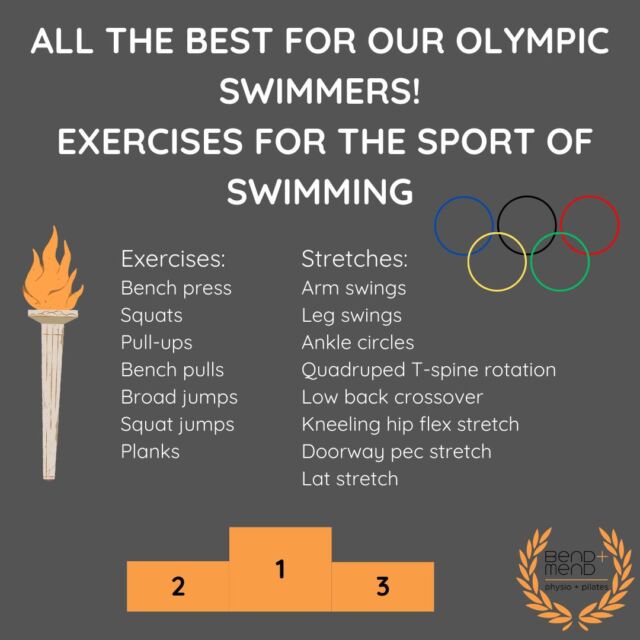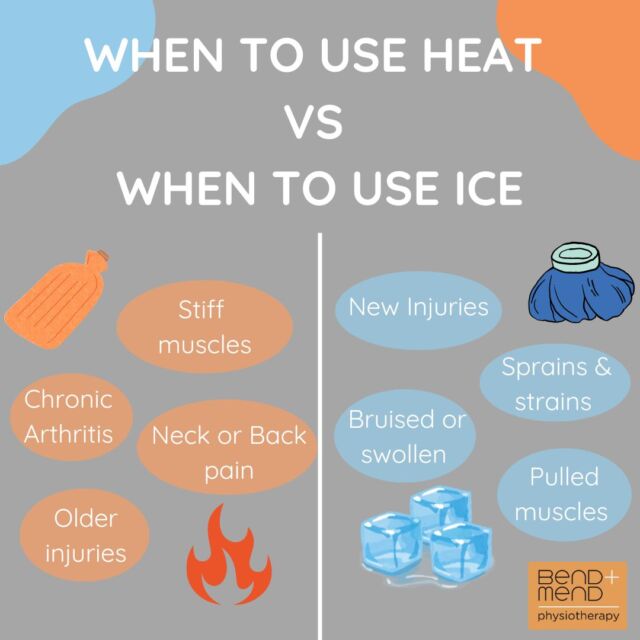Most people have some degree of mobility in their joints, but when this movement is increased outside the range of normal it is termed hypermobility. Hypermobility is a common condition and is normally idiopathic in nature, but it can be a warning sign of a range of underlying diseases. One of these diseases is a lesser-known condition called Ehlers Danlos syndrome, a genetic condition which is inherited from birth.
Ehlers Danlos syndrome can affect the tendons, muscles, ligaments, skin, lungs, blood vessels, lenses of the eye and the heart valves in an affected person. The extent to which body system is affected, depends on the type of Ehlers Danlos you are suffering from. There are 13 different types that are currently known about and include classical Ehlers Danlos which is characterised by bruising, scarring and hypermobility, vascular which is characterised by arterial ruptures and hypermobile Ehlers Danlos which is characterised by joint dislocations and skin hyperextensibility. The way in which this condition and the subtypes are diagnosed are based on a set of defined diagnostic criteria and a genetic test.
Ehlers Danlos syndrome affects the collagen which makes up the joints and ligaments of our body. There are a few different types of collagens that exist normally within our body with each collagen being represented by a certain gene or genetic marker. When the collagen is disrupted or not formed correctly it can affect the areas of our body which are made of collagen such as the blood vessels, skin and ligaments
The way in which Ehlers Danlos differs from pure hypermobility is usually due to the associated symptoms. It is thought people with Ehlers Danlos experience symptoms of fatigue and joint pain in addition to the hypermobility and skin extensibility that people with pure hypermobility have. People with Ehlers Danlos also have a range of other systemic symptom’s that may be absent in someone with hypermobility.
The treatment for Ehlers Danlos heavily depends on type of Ehlers Danlos that you have and the symptoms that you have. For the types in which hypermobility and extensibility are the main symptoms it is important to strengthen your joints and muscles in an appropriate way and limit the stretching of your joints and muscles. Supervised exercise programs with a physiotherapist can be a good way of managing this. There is also a range of medications available for pain relief and medical management and monitoring is a necessity
If you need help managing your hypermobility, book in to see one of our Physiotherapists here in the Sydney CBD.







